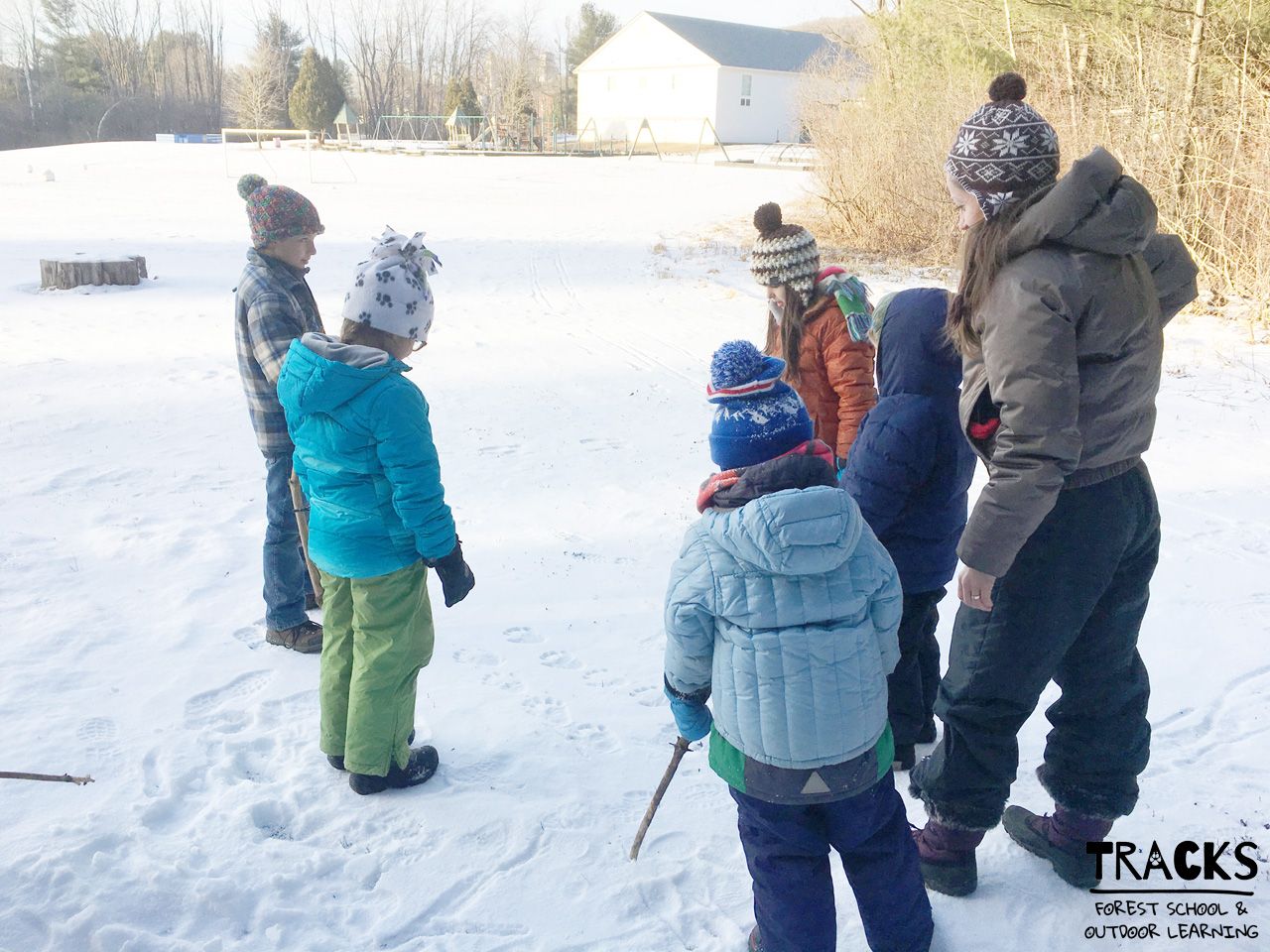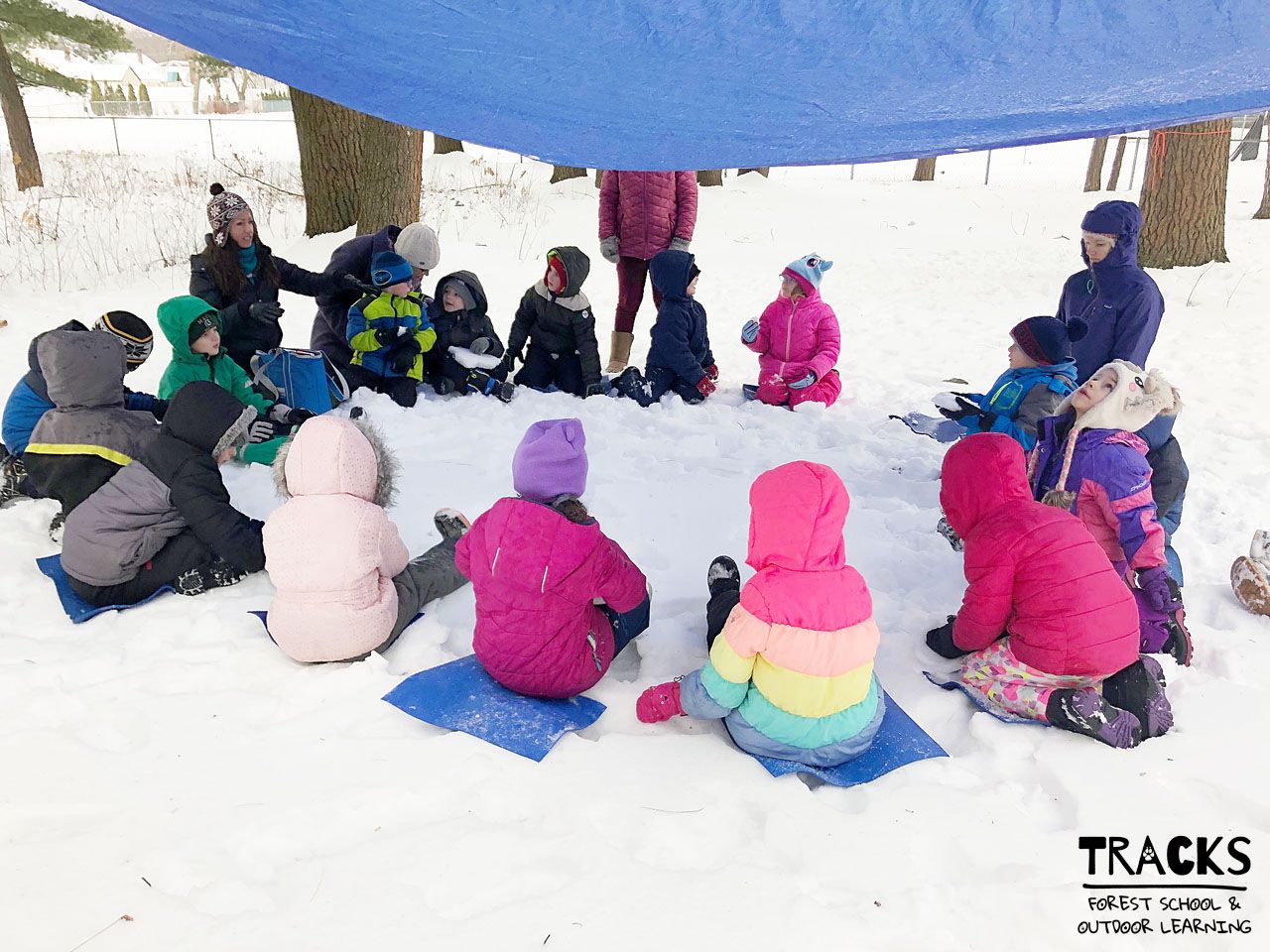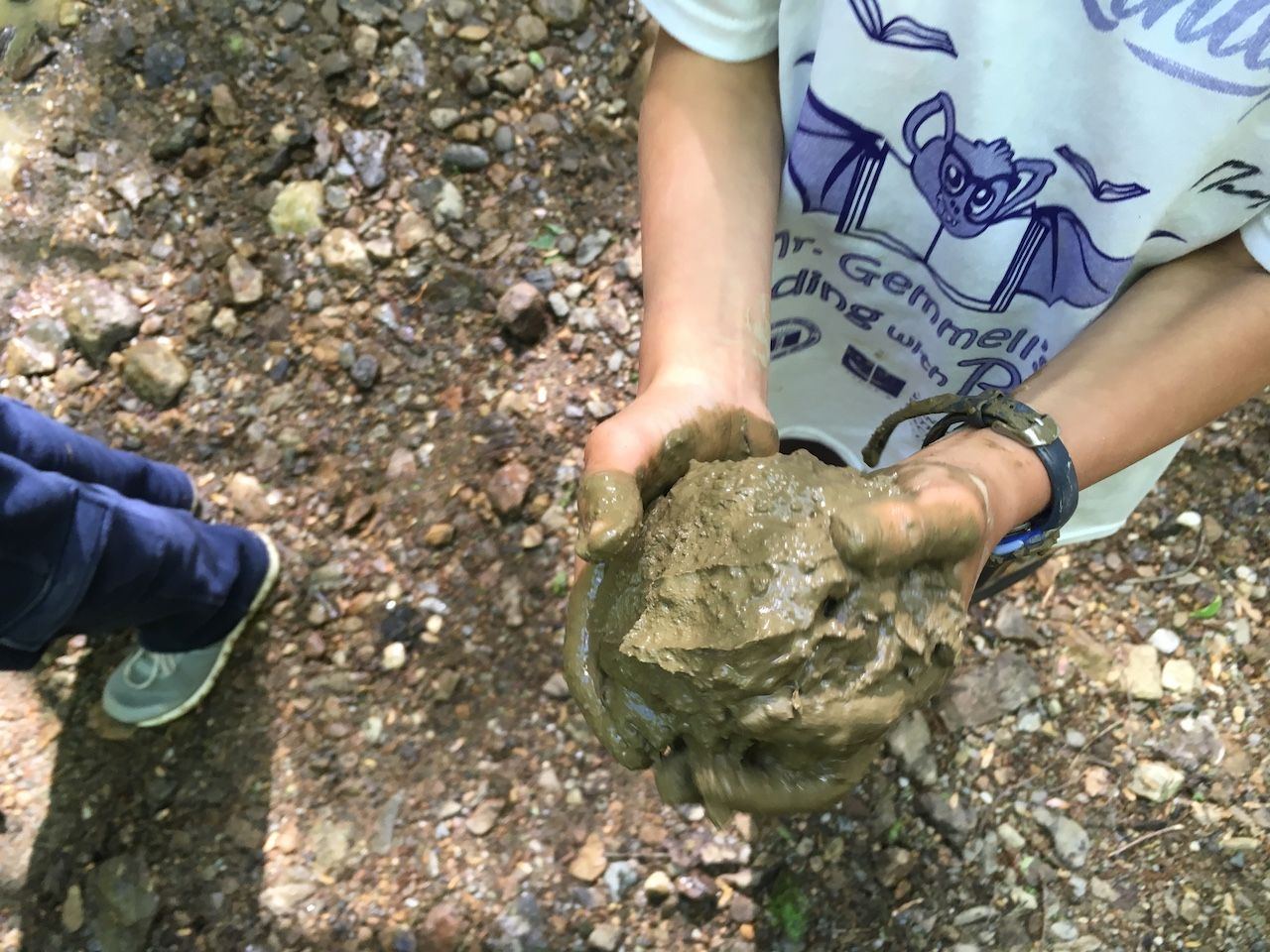
Blog
Stories from my personal journey learning about and delivering Nature-rooted programs across three different countries
Trusting Children to Resolve Conflicts in Play
Caylin (Forest Schooled)

Empty space, drag to resize
As soon as we get outside of the school building and into the forest the kids race to the top of a small hill. Then they proceed to start pushing each other off of it…
The triumphant one who’s strength or technique allows them to dominate at the top is crowned “king” or “queen” of the hill.
It’s a physical game. It can get rough. And it often (almost certainly) causes conflict between the children.
Some complain when it gets too rough. Others don’t like when someone bends the rules of the game to their own advantage. There are arguments. There are frustrations. Sometimes there are tears too.
I’ve watched similar issues arise in the winter when the snow entices the children to have snowball fights. The activity is often first met with laughter and pure joy. A little while later though there’s tears when a snowball lands on someone’s head and cold slush trickles down their back. Or they feel like a group is “stashing too many snowballs” or “ganging up on one person” or “aiming at their head.”
These are just a few situations I’ve observed while working with a group of 5 to 10 year olds during an after school program at a public school where conflicts regularly occur during play.
Conflicts in play are bound to happen and they can be upsetting for the children involved as well as for the adults who are called or compelled to help resolve them. In the public school setting where I work it’s generally the adults who make most of the rules when it comes to play and, in an effort to avoid conflicts, certain behaviours are banned. Flat out. Just not allowed. No snowball fights. No contact games like King/Queen of the Hill. No building forts.
And I can totally see why this is the case. When adults make and enforce rules it seems to resolve the conflict relatively quickly. There’s a conflict, the children tell the adult, the adult reiterates the “rules” or establishes new ones if needed, everyone is informed, the banned behaviour stops. Problem solved, right?
Well I’ve tried approaching conflict in a different way because of what I’ve noticed to be the aftermath of the aforementioned method. The behaviours that are banned don’t really stop… at least not forever. The children start to throw snowballs again or push each other on a hill and the adults then have to be the police that keep an ever watchful eye and stop anything that “breaks the rules” and causes conflict. Sometimes this also involves using punishments to try to discourage children from breaking the rules again in the future, like being forced to sit out during play time.

So children devise strategies to deal with this, such as being the first to tell the adult about the conflict whether they were at fault or not. If you’re the first to tell then it’s your story that gets heard first and hopefully will be the one that’s most believed. Then you don’t get in trouble and the other kid does. By the way, I’m not making this up myself. The children have disclosed to me that this is their strategy!
I’ve also noticed the use of strategies like bending the truth or just flat out lying to try not to get into trouble. What seems to result, in my view, is a lack of accountability, a deterioration of empathy, and an adult who holds all the responsibility for deciding the outcome of the situation.
Problem not solved….
So what do I do? Within reason I refrain from interfering and let the conflict play out instead.
For example, one winter’s day an epic snowball fight erupted. It was pretty fierce and lots of conflict arose. The children started to speak up about things they didn’t like, like hitting others in the face and head, groups ganging up on one person, or lying about who’s team they were really on.
There were tears and some children were pretty distraught. Instead of jumping in, I first listened carefully to the conversations the children were having with each other.
They weren’t necessarily the most civil, but they were expressing how they felt about the game, the behaviour of others, and what they liked/didn’t like.
During conversations like this, if it feels appropriate, I join in with my own questions:
“How do you feel about what just happened?”
“How could you communicate how you feel to the other person?”
“How would you rather play instead?”
“What do you need to feel safe?”
“What can we do so everyone can enjoy playing?”
And I let the children answer these questions themselves. Suddenly, “rules” are established that the group negotiates and eventually agrees upon.
“No head shots!”
“No ganging up on one person!”
“Let’s divide into even teams first so we know who’s on what side!”
And then the play resumes.
When conflict inevitably arises again, what I’ve noticed is that the children start to self-regulate. THEY’VE decided the rules. So THEY enforce those rules by reminding others about them when things go off course. THEY then stop their behaviour when it upsets someone else. And there’s much less intervention needed from me in the long run.

This isn’t to say I don’t ever establish any rules or communicate certain boundaries of my own. If safety (emotional or physical) is concerned I step in without a doubt. But I try to always prioritize involving children in the decision making process about their own behaviour.
I also reinforce this through brief group meetings that are embedded into our afternoon routine. We always gather together at the very beginning and at the very end of each session. It’s a time for announcements, questions, and discussion and I open up the floor for the children to bring up any thoughts they want to share about the day. Sometimes they bring up the conflicts that have occurred and we all take some time to address what happened and decide what to do about it. I act as the facilitator and mediator, but it is the children who are ultimately directing the discussion. I find these meetings useful in providing space and time for reflection, closure, and ensuring we’re all on the same page going forward.
The downside to these methods is they take much more time. Some conflicts take multiple days to resolve, as conversations continue and rules and behaviour are adjusted from one day to the next. The snowball conflict took a total of 4 afternoons to negotiate rules that felt good to everybody. It took about the same when it came to King/Queen of the hill. That’s a lot of time to invest in an experience that feels uncomfortable and even emotionally painful to some! Many of us would rather the negativity be eliminated as quickly as possible.
The upside however is that the children are learning crucial skills for getting along in a group. Skills like communication, listening, expressing feelings and needs, compromising, and problem-solving. Letting conflict play out also offers the opportunity to develop empathy while trying to understand and appreciate perspectives that are different from their own. All the while, the play that the children engaged with in the first place is allowed to continue rather than being banned by us adults, which preserves children’s autonomy to make decisions about their own play. Snowball fights allowed! King/Queen of the Hill allowed! Fort building allowed!
Recently another conflict arose in our group while the children were playing a hide and seek game. There was a misunderstanding about the rules and an argument broke out. The group came to me complaining and both sides began spewing their versions of what happened. I stood there silently and as they ranted, their attention started to shift from me to each other. They started to listen and talk to one another. They expressed how they felt (“It doesn’t feel fair!”) and what they wanted to change (“If you stop doing that, then we’ll stop doing this!”). Throughout the entire conversation I just stood there and said nothing until eventually they resolved it all and ran off to continue playing.
I wasn’t really needed at all to resolve the conflict. Why? Because ultimately children are much more competent and capable than we often give them credit for. Sometimes we just need to provide them with our trust, some time, and some space. This was confirmed by the children themselves when I asked them with genuine curiosity one day, “What do you think about the way we resolve conflicts here compared to what it’s like in school?”
Their answer? “It’s waaaayyy better!”
How reaffirming.

More Posts
WANT TO GET FOREST SCHOOLED TOO?
Subscribe to my email letters, something special from me to you so we can learn together. Each one is filled with heart-felt stories from the forest, resources you may find useful, and things that hopefully bring a smile too.
Thank you!
© by FOREST SCHOOLED
